February is heart health month. I cannot think of anything healthier than eating those foods that are in season. When they are at the peak of ripeness they deliver the most nutrients. Exactly what your body needs.
1. Broccoli

Broccoli is a superfood native to Europe. Low in calories and packed with many micronutrients, minerals, fiber, and antioxidants, broccoli has a reputation for helping to boost immunity and promote heart health. The Institute for Functional Medicine suggests eating 2-3 cups of broccoli per day.
Broccoli can be eaten cooked or raw. When cooking, it can be sautéed, steamed, roasted or air fried. If you plan to serve it without cooking, it's great for salads or dips.
2. Brussels Sprouts

Brussels sprouts derive their name from Belgium's capital, where they were first cultivated in the 13th century.
Just 1 cup of raw Brussels sprouts meets the National Institutes of Health's (NIH) recommended daily requirements for vitamin C and vitamin K. Not to mention that they are also rich in minerals.
Brussel sprouts can be eaten raw (when shredded, they make a fabulous slaw!) or served stir-fried, sauteed, or steamed.
3. Cabbage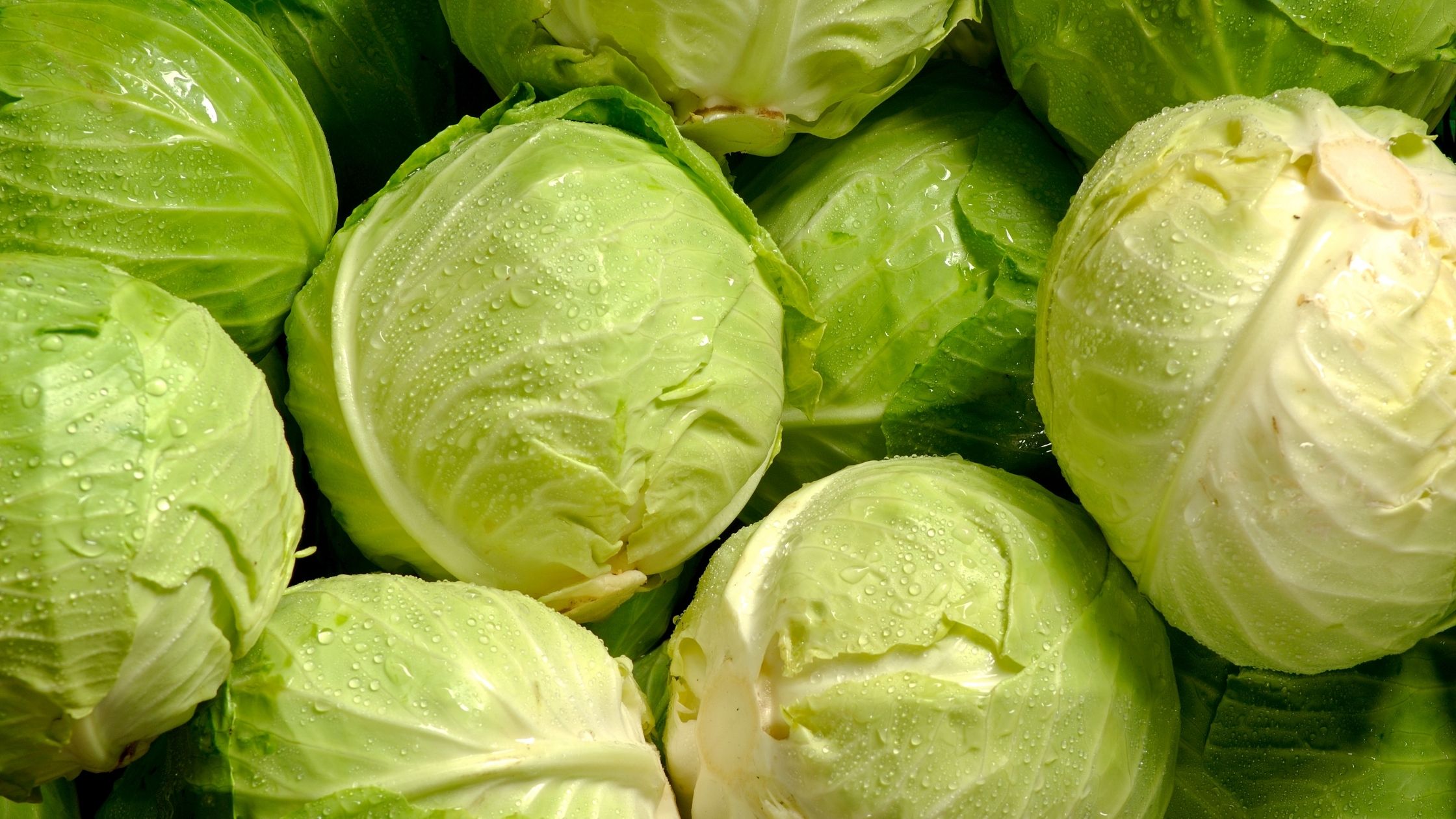
Native to the Mediterranean region, there are four different varieties of cabbage: green, red or purple, white savoy, and napa. Regardless of which variety you choose, all of them boast an outstanding nutrient profile.
Cabbage is rich in vitamin K1, providing 85% of the recommended daily intake in just 1 cup. This vitamin is crucial for blood clotting.
The humble cabbage also makes a delicious and inexpensive addition to several healthy recipes, such as casserole, slaw, and even smoothie!
4. Cauliflower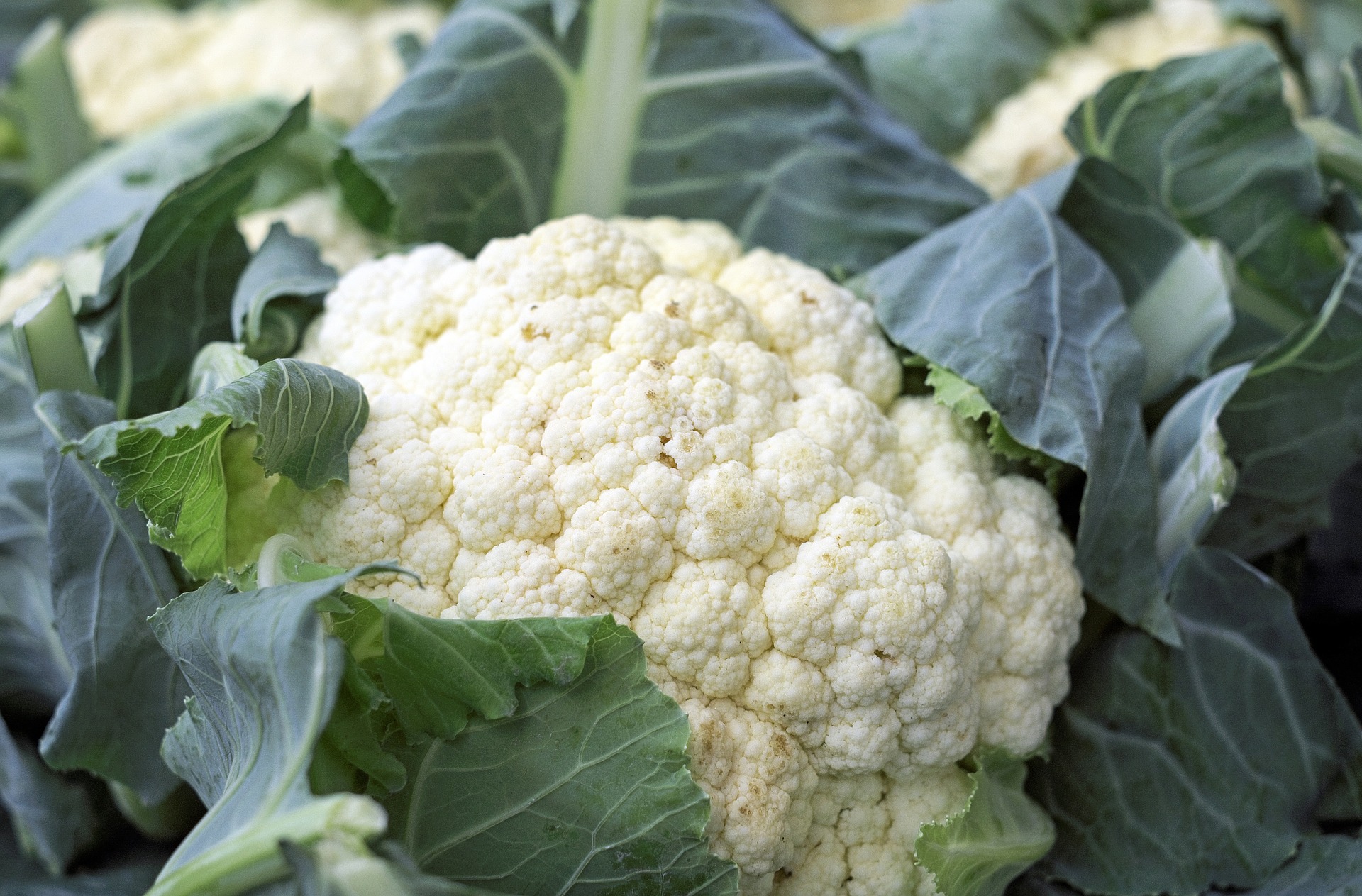
Not many vegetables contain choline. Cauliflower, along with broccoli, is among the sources of this nutrient that most people lack. Although the body makes some choline, we still need to consume choline-rich food to get enough.
Consuming a sufficient amount of choline may reduce the risk of several health conditions, including cardiovascular disease, cancer, and dementia.
Now that we're heading into colder weather, I often like to curry cauliflower for a change of taste. The flavors of curry go well with cauliflower and greens. You can also try my autumnal cauli-mash recipe with roasted, crunchy Brussel sprouts. Yum!
5. Grapefruit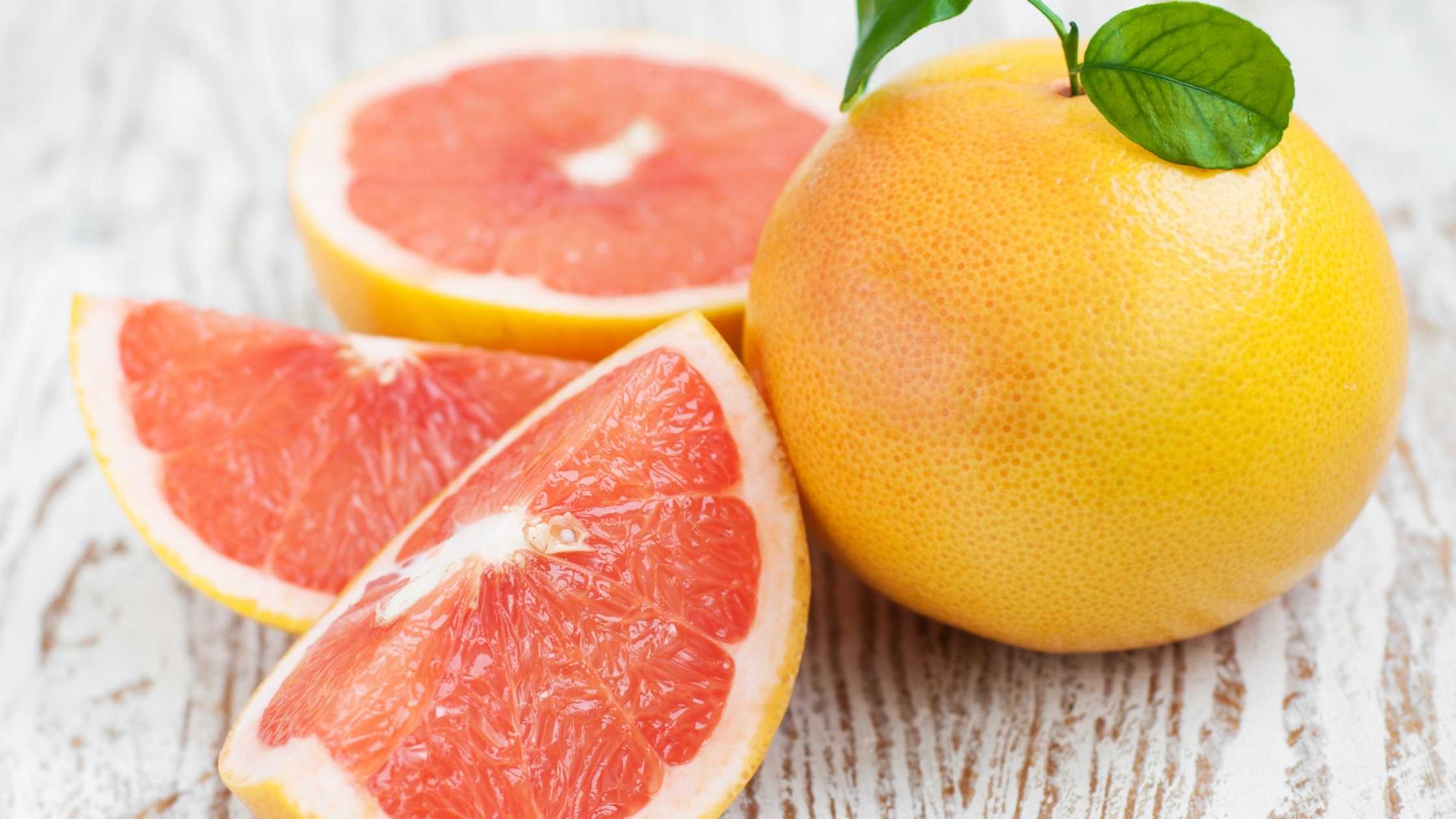
The grapefruit is a citrus fruit that originated in Barbados and became well established as home-grown American produce before spreading to other parts of the world.
Of all the citrus fruits, grapefruits are among my favorites. They're full of vitamin C and beta-carotene, which helps protect cells from damage that often leads to heart disease or cancer. Grapefruits also have high amounts of lycopene known for their potential ability to prevent certain cancers, such as prostate.
Grapefruits are best enjoyed raw (when they're fresh and juicy!). Slice them up for salads or desserts.
6. Kale

Kale was introduced to the United States by early English settlers in the 17th century and became popular in the 1830s.
Considered one of the healthiest and most nutritious vegetables, a single cup of kale contains more vitamin C than an orange. Kale also packs a punch providing high amount of Vitamin K and important minerals, such as calcium, potassium, and magnesium.
Steaming kale, according to a study, could increase the bile acid-binding effect that can lower cholesterol levels in the body. The best way to get the nutrition out of kale is steaming, as it is 43% as effective as cholestyramine, a drug used to treat high cholesterol caused by bile obstruction.
If you’re a big dark leafy greens eater, such as kale, it’s definitely important to make sure you’re getting the organic version of this as it is, unfortunately, number 3 on the 2021 Dirty Dozen List.
7. Leeks
Leeks are an ancient crop and are native to eastern Mediterranean lands and the Middle East. Its close relatives are onions, shallots, scallions, chives, and garlic.
Low in calories but high in nutrients, such as magnesium and vitamins A, C, and K, leeks also contain some fiber, plus copper, vitamin B6, iron, and folate.
They're widely used in soups and stews. You can also enjoy leeks in dips, salads, and quiche.
8. Lemons
The relatively cool and climatic zones of coastal Italy and California are especially favorable for lemon cultivation.
Lemons contain a high amount of vitamin C, soluble fiber, and other compounds that may reduce your risk of heart disease, anemia, digestive issues, and cancer.
Just note that excessive lemon juice use can affect the enamel on your teeth. So, either brush your teeth or swish clean water in your mouth after drinking lemon juice or water that contains lemon juice.
Try my Lemon Millet Muffins for a zesty dessert treat!
9. Oranges

The citrus fruit oranges are believed to be native to the tropical regions of Asia. There are a number of varieties of orange; some of the most well-known are navel, blood orange, mandarin orange, tangerine, and clementine.
Whole oranges are a great way to keep your blood sugar levels steady due to their low glycemic index plus good fiber content. They are a rich source of vitamin C and other nutrients that can help fight inflammation as well as heart disease or even lower the risk of diabetes.
As The Ingredient Guru, I encourage you to avoid processed (i.e., canned) oranges, as they may contain harmful ingredients such as artificial colors, citric acid, and disease-causing high fructose corn syrup.
If you want to take advantage of oranges this holiday season, try my recipe Orange-Cranberry Bone-In Chicken Breasts. Enjoy!
10. Parsnips
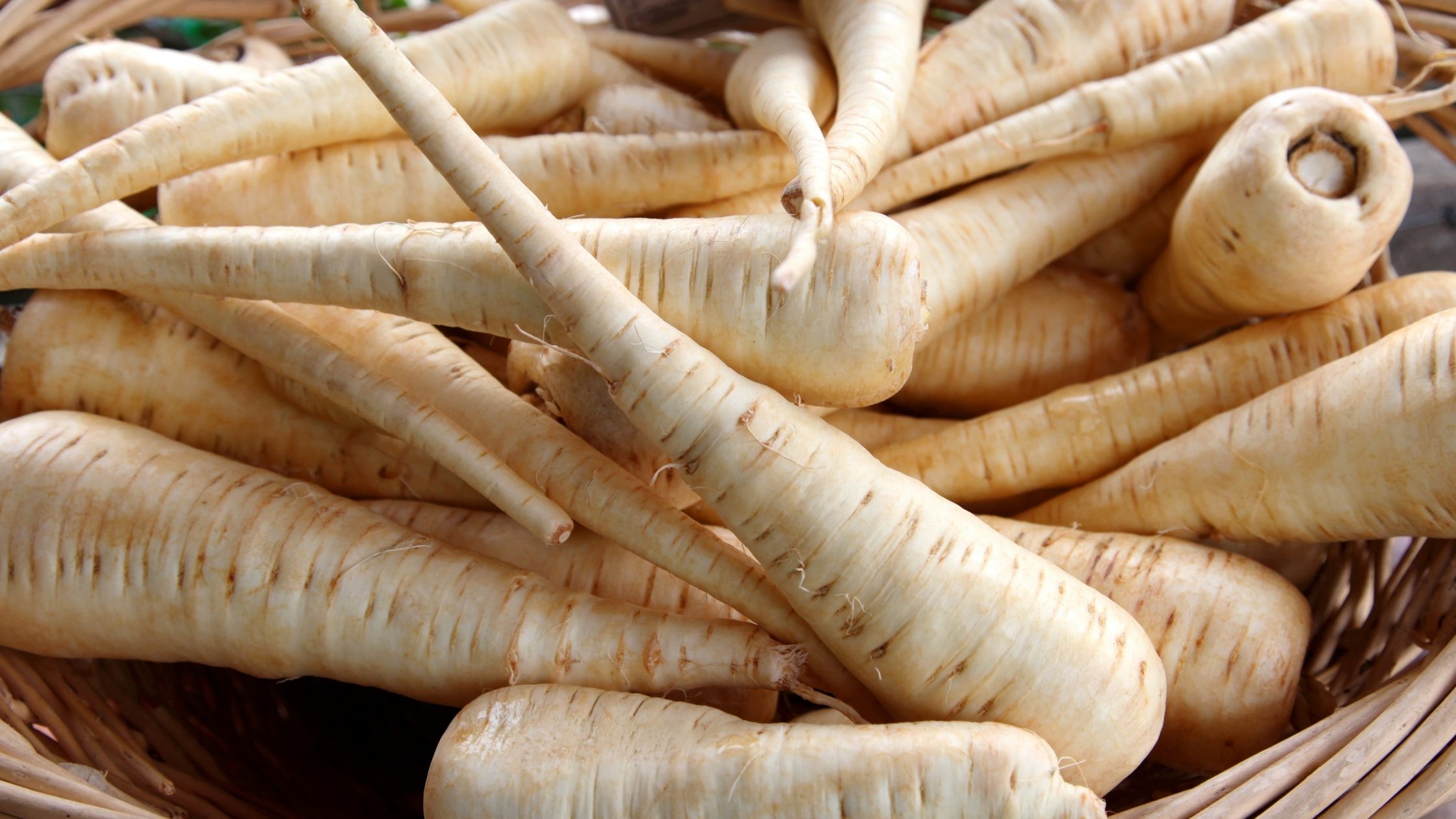
Parsnips are a tasty root vegetable related to carrots and parsley roots. They're commonly found in Great Britain and throughout Europe and Asia. Parsnips were introduced in America early in the 17th century.
They pack a hearty dose of fiber, vitamin C, vitamin K, folate, and other important micronutrients. Parsnips are also low in calories yet high in fiber, improving digestive health, regulating blood sugar levels, and supporting heart health.
If you want to add parsnips to your diet, you can easily swap them for other root vegetables in your favorite recipes. Or make a roasted root vegetable side dish and add parsnips for a delicious flavor boost.
11. Rutabagas
Rutabagas are thought to have been first bred in Russia or Scandinavia in the late Middle Ages. They are hearty vegetables packed with fiber, vitamins, and important minerals that you may not be getting enough of.
Among the minerals and micronutrients that rutabagas are rich in are potassium and magnesium, which play an important role in regulating cells, tissue, and organs. In a nutshell, it makes your body work right.
Rutabaga roots can be cooked with other root veggies. While the leaves can be added to salads and soups.
12. Tangelos
Tangelos are a hybrid between the tart taste of tangerine or mandarin oranges and grapefruit, grown primarily in the United States. The two main areas for cultivating tangelos are in Florida and California.
Tangelos are a rich source of vitamin C and folate, which can help maintain healthy skin. Plus, they're high in fiber to keep you feeling full longer! Tangelo flavonoids have been shown to reduce oxidative stress, so it's no wonder this fruit helps improve overall health when eaten regularly.
Tangelos are an excellent addition to any recipe. They're often found in jam, cakes, and salad but can also be enjoyed as a flavorful fruit for desserts like frosting or pie filling!
13. Turnips
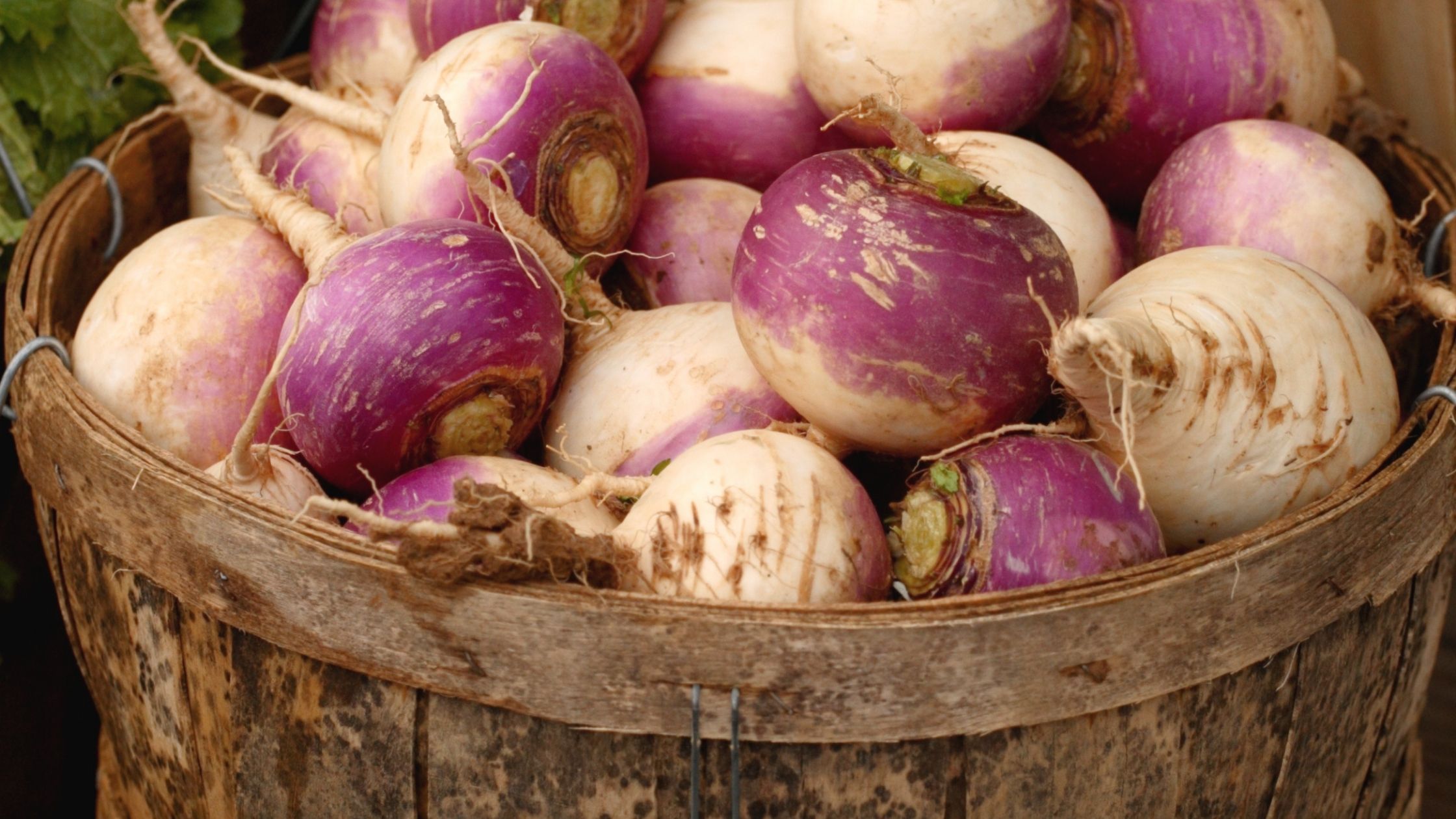
Turnips are thought to have originated in middle and eastern Asia. Both turnips and turnip leaves provide over 30% of the daily value for vitamin C. The leaves are also a rich source of folate, vitamin K, and vitamin A.
Moreover, their glucosinolate compounds may help control blood sugar levels, fight harmful bacteria, and provide anti-inflammatory and anti-cancer effects.
Turnip roots make a great addition to salads! They can also be cooked and served whole, mashed, or used in chowder.
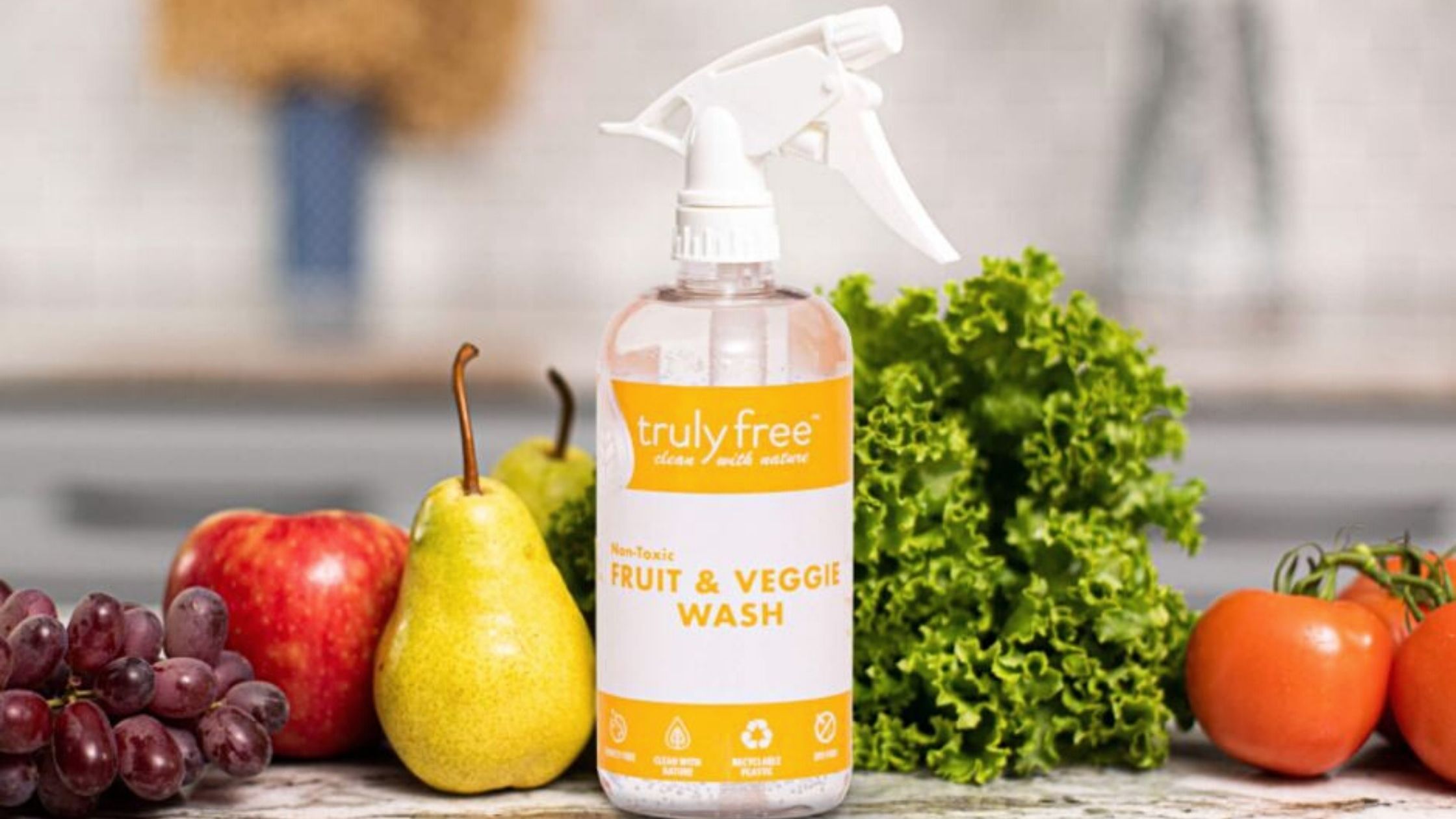 When eating fresh, in-season produce, don’t forget to wash it first. Click here to get your toxin-free fruit and veggie wash!
When eating fresh, in-season produce, don’t forget to wash it first. Click here to get your toxin-free fruit and veggie wash!
[expand title="Sources"]
https://www.britannica.com/plant/broccoli
https://www.healthline.com/nutrition/foods/broccoli
https://www.medicalnewstoday.com/articles/266765
https://www.britannica.com/plant/Brussels-sprouts
https://www.healthline.com/nutrition/benefits-of-brussels-sprouts
https://www.medicalnewstoday.com/articles/284765
https://www.britannica.com/plant/Brassica-oleracea
https://www.healthline.com/nutrition/benefits-of-cabbage
https://www.medicalnewstoday.com/articles/284823#nutrition
https://www.britannica.com/plant/Citrus
https://www.healthline.com/nutrition/citrus-fruit-benefits
https://www.medicalnewstoday.com/articles/280882
https://www.britannica.com/plant/cauliflower
https://www.healthline.com/nutrition/benefits-of-cauliflower
https://www.medicalnewstoday.com/articles/282844
https://www.britannica.com/plant/kale
https://www.healthline.com/nutrition/10-proven-benefits-of-kale
https://www.medicalnewstoday.com/articles/270435
https://www.britannica.com/plant/leek
https://www.healthline.com/nutrition/leek-benefits
https://www.britannica.com/plant/turnip
https://www.healthline.com/nutrition/turnip-nutrition
https://www.medicalnewstoday.com/articles/284815
https://www.britannica.com/plant/rutabaga
https://www.healthline.com/nutrition/rutabagas [/expand]
























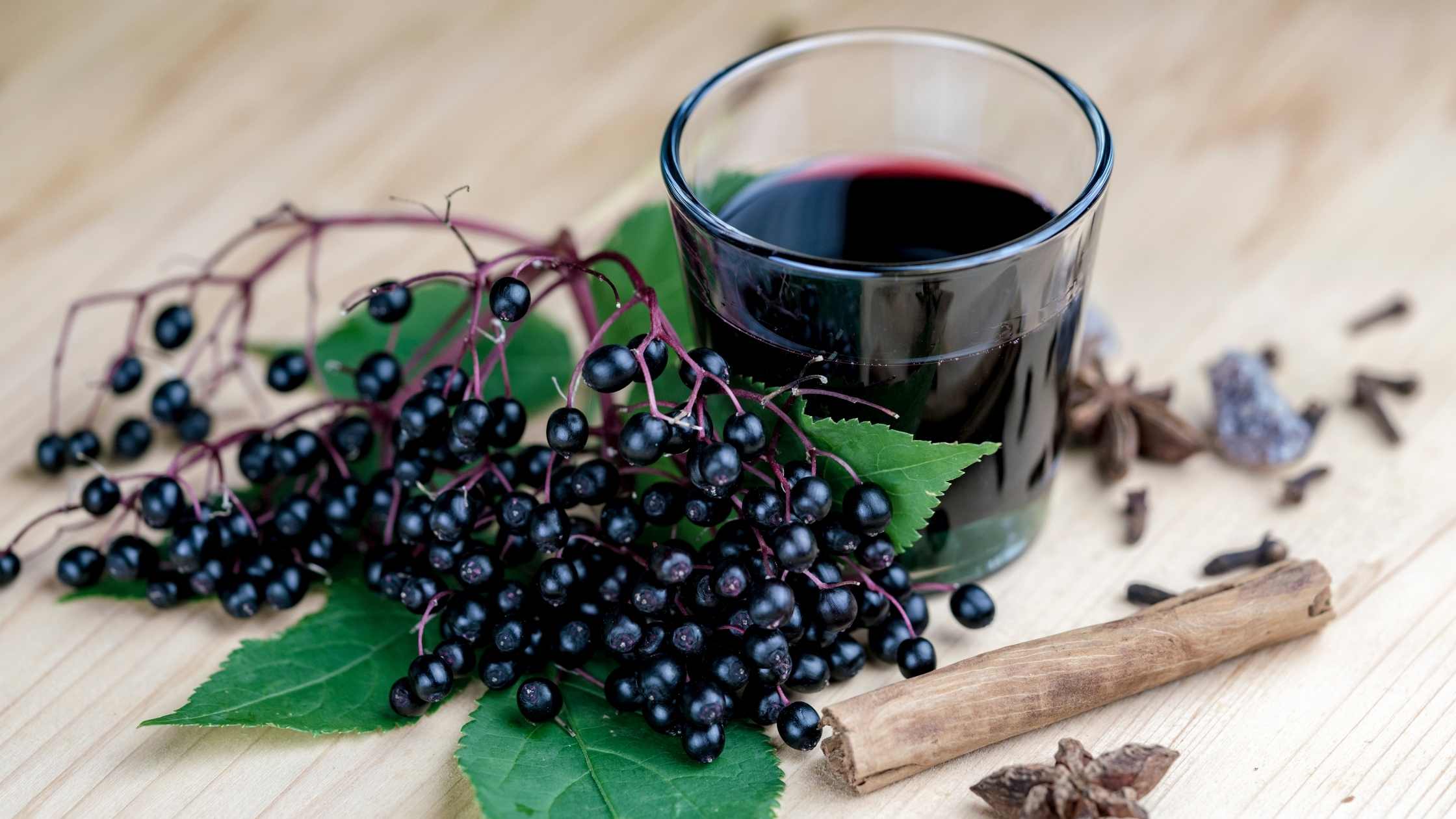




















 When eating fresh, in-season produce, don’t forget to wash it first.
When eating fresh, in-season produce, don’t forget to wash it first. 










